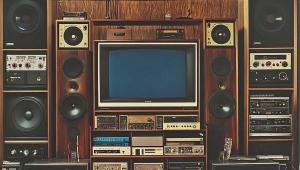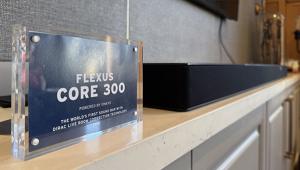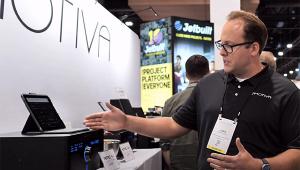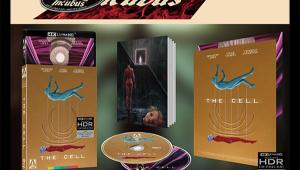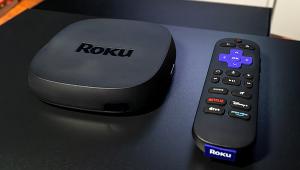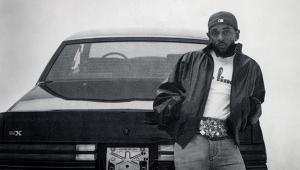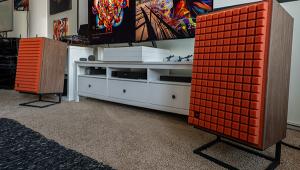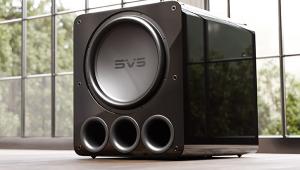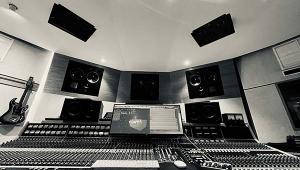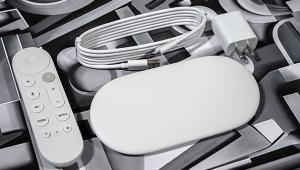Pioneer DVR-810H DVR/DVD Recorder Page 3
You can record to the DVR-810H from an external source such as a camcorder, a VCR, or another DVD player, but only via composite video and stereo analog audio, and then only to the hard drive. Then you can transfer the program - again, totally unedited - to a DVD-R or DVD-RW. You're also limited by copy-protection restrictions. The Pioneer let me dub a DVD movie to its hard drive, but I couldn't copy it back to a blank DVD.
The upside of all these restrictions is the brilliantly simple user interface. From the "Now Playing" list of programs already stored on the hard disk you simply select one, then select "Copy to DVD" from the onscreen choices. The recorder prompts you to insert a blank DVD and to name it. A disc pie chart represents how much space will be occupied, and if you select additional programs the chart updates accordingly (and the "Now Playing" list crosses out all remaining programs that are too long to fit the space that's left).
It's all absurdly easy - and fast. The Pioneer dubbed four half-hour TV episodes to a single DVD-R (occupying 99% of the disc) in just over 23 minutes - better than the 4x for which the disc was rated. And you can watch or TiVo-record a program while dubbing another to DVD.
The DVD dubs I made were indistinguishable from the same recordings viewed from the hard disk - after all, I was simply dumping bits from the one to the other, so results depend entirely on the record quality (bit rate) I specified for the hard-disk original. The DVD-Rs I made played on all three standalone DVD players I tried, as well as on my Mac PowerBook, but not on a Sony PlayStation 2.
Creating a TiVo NetworkPioneer provided a second recorder, the $1,800 Elite DVR-57H, so I could check out TiVo's Home Media networking option. I patched both recorders to my home office's Ethernet router using wired connections, which required buying a USB-to-Ethernet adapter for each one (about $30) since they have only USB 1.1 ports. (If you have a wireless access point, you can use a USB-to-Wi-Fi adapter, but TiVo warns that a wireless connection will be slower.) A networked TiVo can also use your broadband Internet access for its daily updates of guide and other data, eliminating sluggish dial-up connections.
With an assist from TiVo's Web site, setup was uneventful, and it all worked pretty much without a hitch. Both Pioneer machines could access my iTunes music libraries, with folder and playlist structures intact, and played tracks smoothly and cleanly. And from my upstairs bedroom I was able to remotely peruse my (downstairs) Mac's iPhoto folders, viewing snapshots either one by one or in an automated slide show.
Better yet, from either the DVR-810H in my studio or the Elite deck in the upstairs room, I could browse the programs recorded on the other unit, which appeared in folderlike sub-lists on the "Now Playing" screen. Selecting a remote program transfers it to the local machine. However, depending on the quality level (bit rate) of the remote recording, content wasn't always transferred over my network fast enough to allow me to watch uninterrupted.
For example, a 1-hour show recorded at High quality (the next to top level) required about a 10-minute head start. Otherwise, the DVR-810H would automatically pause and pop up a banner telling me to wait a few moments before pressing play again. By contrast, programs recorded at the lowest level (Basic) played smoothly from the very beginning but, of course, with lower picture quality.
- Log in or register to post comments

























